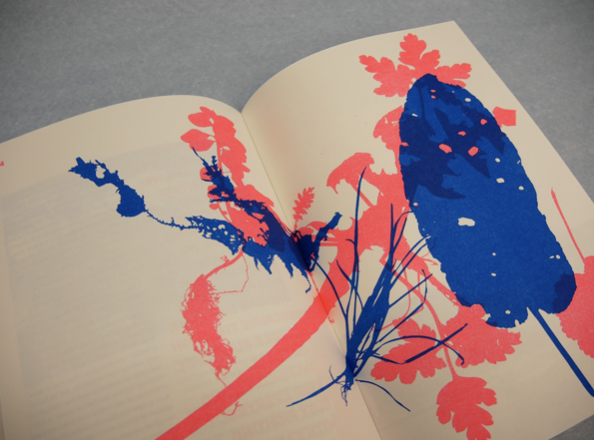Jorgge Menna Barreto
- INDY FEATHER
- Dec 23, 2020
- 3 min read
This weeks zoom lecture was with a Brazilian artist called Jorgge Menna-Barreto, who is a Professor in Rio de Janeiro. He talked mainly about his approach to art from 2014 onwards.
He started by talking about site specific art (where a work of art is designed for a particular location and has a interrelationship with it) and Agroecology. It was obvious that he was very much into the environment and how he could incorporate his art with it. Agroecology is all about sustainable farming that works with nature and how food production makes the best use of nature and doesn’t damage the resources. He talked about the relationship between plants, animals people and their environment. I share a mutual passion for the environment, and I have started to eat less meat. I eventually want to become a vegetarian as I think it will help the world, the more people that have a plant based diet, the better for the environment.
Jorgge said that he was very sensitive to the landscape and what happens on it, even looking at it as a collective sculpture. If agriculture was causing change on the landscape, could the choices we make about what we eat also contribute to the transformation. He started looking at our digestive system as a sculpting tool, calling it an environmental sculpture which was interesting! He went to an island with an agronomist where he hoped his vision would be expanded. On one piece of green land, he identified 25 species of edible plants and weeds. Jorgge then decided to draw these plants with another artist. He wanted to relate to the island through our guts (digestive system)! He created with these plants and mangoes some smoothies to be sold in a restaurant alongside commercial drinks like Coke. The labels used the drawings of the plants. He called this cellular mediation. I liked the vibrant colours used. They looked simple but effective.
He also said that when you spend 1 to 3 hours or more drawing a weed or a plant, you gain an intimate relationship with that plant, and then when you go out and look at the plants, you see them differently. Jorgge also mentioned how he was inspired by a botanical illustration teacher who told him a sentence which has stayed with him until today – “If you haven’t drawn , you haven’t seen” which I found intriguing. I liked the fact that when he went with a group of people to draw plants, they gave them a nickname inspired by Lou Reed - ”Take a walk on the wild side”! He also described another project where he used Dandelions (which have a very bitter taste) and tried to get them into a vegan ice cream in 2017 in England, which is a pretty cool idea.
In 2019, he started looking at plants and language in Switzerland, something he called “Mauvais Alphabet”. People look at weeds as bad but they are part of the landscape. It was like a text by the weeds, read by humans as part of an alphabet. It’s an alphabet that isn’t readable but it does create a community of plants. I sort of got what he was trying to do, and I appreciated the images but it was a bit confusing and not something I was fascinated by.
Jorgge also described a project called “Enzyme”. This was a magazine where he thought of surfaces – how does the surface of the earth relate to the surface of the table/plate, and the surface of the page. There would be drawings between the articles, of weeds, mushrooms etc. The plan is to do a new “Enzyme” involving Liverpool students, which will be good.
I enjoyed listening to Jorgge. He was very passionate about the environment and also about what we put into our bodies. I did relate to that, as I am cutting out red meat from my diet and I think I will be vegetarian one day. I liked some of the quotes he used , but it was all possibly a bit deep for me. I’m not sure how I can put his ideas into my style of painting, but it does make you think and appreciate the world we live in, and to look more closely at not just plants and weeds, but everything. “Take a walk on the wild side”!









Comments